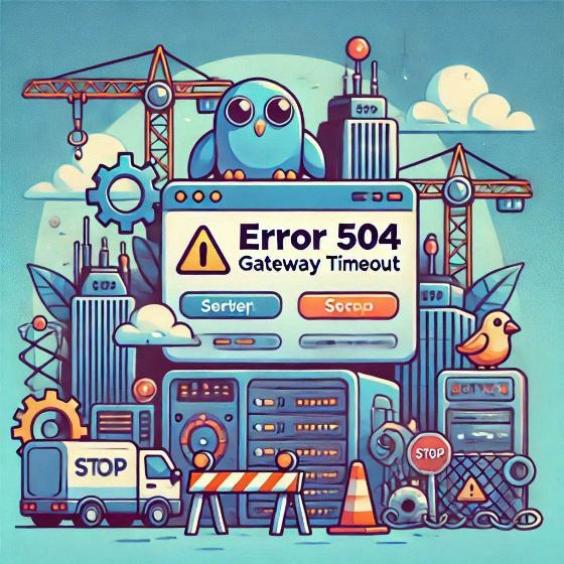How can I handle returns in my online store?
Return management is a crucial aspect in any e-commerce business. Although it may seem like a complicated process, with proper planning and execution, you can minimize the negative effects and maintain your customers' satisfaction. In this article, we will explain step by step how to handle returns in your online store effectively.

Understanding Returns
Before delving into return management, it is important to understand why they occur. Some of the most common reasons include:
- Defective or damaged products: Products may arrive at customers in poor condition due to errors in shipping or storage.
- Does not match the description: The product does not match the description or images provided in the online store.
- Change of mind: The customer simply changes their mind about the product after receiving it.
Establishing a Return Policy
A clear and transparent return policy is essential for any online store. It should include information on:
- Return period: The time the customer has to request the return of the product.
- Return conditions: The requirements the product must meet to be returned, such as its original state and packaging.
- Return process: The steps the customer must follow to request the return and how the request will be processed.
Example of a Return Policy
"In our online store, we offer a 30-day return period. Products must be returned in their original state, with intact packaging and no signs of use. To request a return, please send an email to our customer service team with your order number and reason for the return. We will take care of processing the request and issuing a refund or exchange as necessary."
Processing Returns
Once a customer requests the return of a product, it is important to process the request efficiently and effectively. Here are some steps you can follow:
- Verify the request: Make sure the return request meets the conditions established in your return policy.
- Send a confirmation email: Send an email to the customer to confirm that you have received their return request and to provide additional instructions.
- Process the refund or exchange: Once the product is returned, process the refund or exchange as necessary.
Improving the Customer Experience
Return management is not just about processing requests, but also about improving the customer experience. Here are some suggestions for doing so:
- Provide a clear and transparent return policy: Make sure your customers understand your return policies and how they work.
- Offer flexible return options: Consider offering flexible return options, such as the ability to return products to a physical store or through a home pick-up service.
- Communicate effectively with customers: Make sure to communicate with your customers effectively and transparently throughout the return process.
Return management is a crucial aspect in any e-commerce business. By establishing a clear and transparent return policy, processing requests efficiently, and improving the customer experience, you can minimize the negative effects of returns and maintain your customers' satisfaction. Remember that return management is an opportunity to demonstrate your commitment to customer satisfaction and to improve your business in general.






